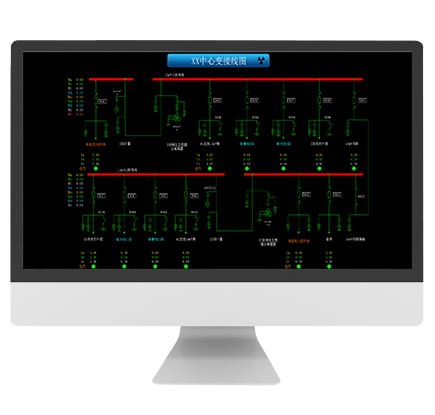01
With uniform service and system management functions, it can provide plug-and-play of different applications, and support deployment of integrated applications.
02
A cross-platform solution integrating graph/model/library is provided, which can achieve multi-scenario applications in the whole network in real time.
03
Various architecture techniques are adopted, including distributed collection, network load balancing and parallel data processing, and it can efficiently process massive data with fault tolerance.
04
Based on complete database protection mechanism and disaster recovery technology, it can provide disaster recovery of data.
05
The self-healing control technology oriented to visualization of power objects is adopted for intelligent interactive panoramic monitoring.
06
The virtualization technology is introduced, which can support distributed SCADA functions in cloud deployment and flexible expansion of dynamic resource dispatching.
07
With uniform service and system management functions, it can provide plug-and-play of different applications, and support deployment of integrated applications.
08
A cross-platform solution integrating graph/model/library is provided, which can achieve multi-scenario applications in the whole network in real time.
09
Various architecture techniques are adopted, including distributed collection, network load balancing and parallel data processing, and it can efficiently process massive data with fault tolerance.
010
Based on complete database protection mechanism and disaster recovery technology, it can provide disaster recovery of data.
011
The self-healing control technology oriented to visualization of power objects is adopted for intelligent interactive panoramic monitoring.
012
The virtualization technology is introduced, which can support distributed SCADA functions in cloud deployment and flexible expansion of dynamic resource dispatching.

